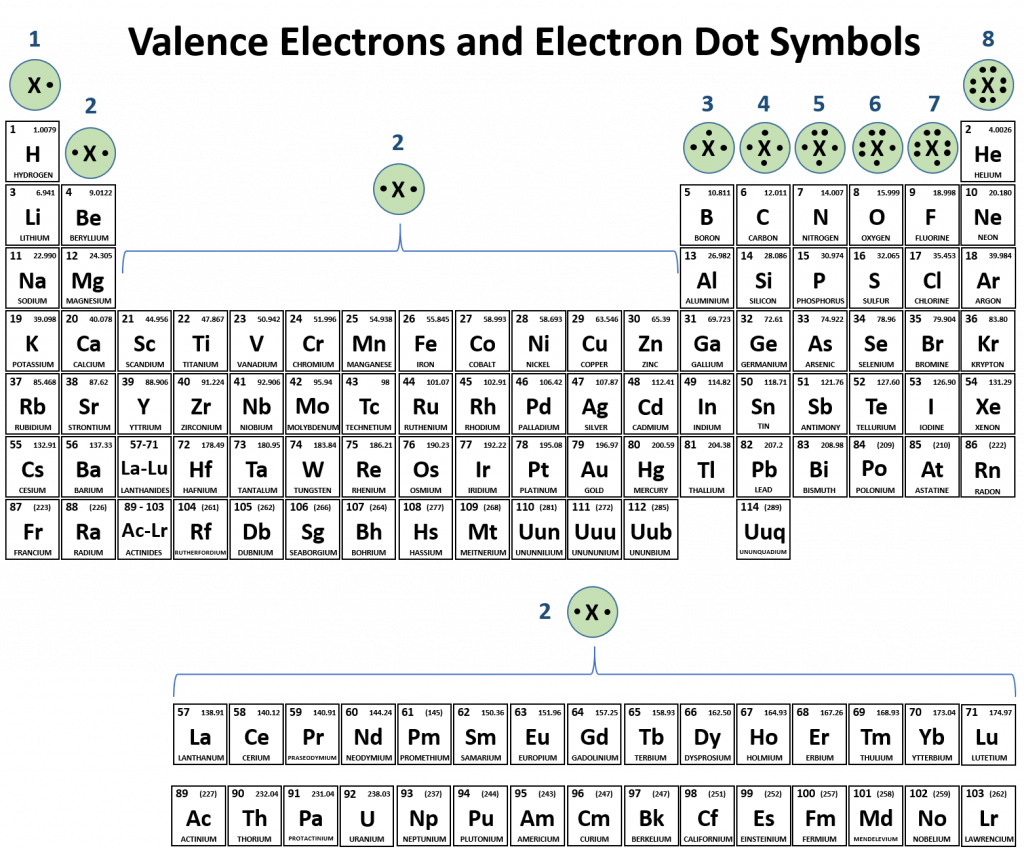When Electrons Are Lost A Ion Is Formed - Web in the section “lewis electron dot diagrams”, we saw how ions are formed by losing electrons to make cations or by gaining electrons to form anions. Web atoms can gain or lose electrons to become ions. Web when an element composed of atoms that readily lose electrons (a metal) reacts with an element composed of atoms that readily gain electrons (a nonmetal), a. When an atom loses an electron it gains a positive charge and is called a cation. Web atoms that lose electrons acquire a positive charge as a result because they are left with fewer negatively charged electrons to balance the positive charges. When an atom gains an electron it gains a. If an atom or molecule gains an electron, it becomes negatively. Web ionization is the process by which ions are formed by gain or loss of an electron from an atom or molecule.
When an atom gains an electron it gains a. Web atoms can gain or lose electrons to become ions. Web atoms that lose electrons acquire a positive charge as a result because they are left with fewer negatively charged electrons to balance the positive charges. When an atom loses an electron it gains a positive charge and is called a cation. Web ionization is the process by which ions are formed by gain or loss of an electron from an atom or molecule. Web in the section “lewis electron dot diagrams”, we saw how ions are formed by losing electrons to make cations or by gaining electrons to form anions. If an atom or molecule gains an electron, it becomes negatively. Web when an element composed of atoms that readily lose electrons (a metal) reacts with an element composed of atoms that readily gain electrons (a nonmetal), a.









